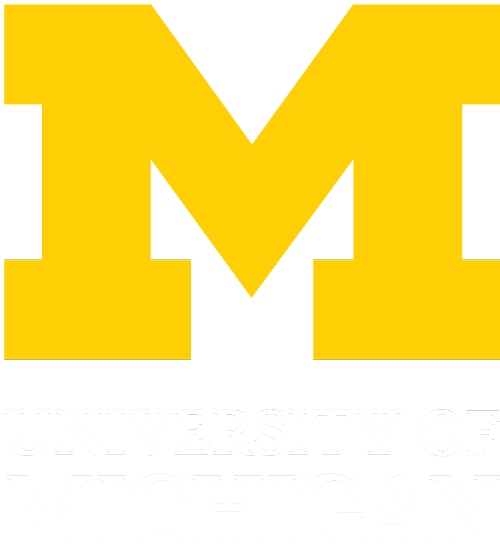The 2021 Karle Symposium was held virtually on July 30th. The Karle symposium is a yearly event named for Isabella and Jerome Karle, distinguished graduates of our department, who worked together to advance X-ray crystallography methods. The day was filled with student talks, poster sessions, a PPG plenary lecture, and a keynote lecture. This year’s keynote speaker was Dr. Stuart Conway from Oxford University who presented: “Chemical Epigenetics: Chemical Approaches to Understanding the Function of Epigenetic Machinery in Disease”. This annual symposium is a great opportunity to hear about the ongoing research within the chemistry department.
The Bailey lab was represented in the analytical poster sessions by rising fourth year, Marina Sarcinella, and rising third year, Krista Meserve. Marina presented: “Characterization of Multi-Lipid Nanodisc Composition by LC-MS/MS”, while Krista presented: “Using a multiplexed biosensor immunoassay for basal neonate immune system characterization”. Both Marina and Krista received poster presentation travel awards for their work. Congrats!
In addition, the Bailey Lab was represented in the Karle organizing committee. Rising fifth year, Gloria Diaz, served as a co-chair of the symposium and Marina was a part of the organizing team. Congratulations to Gloria for chairing a successful event!













